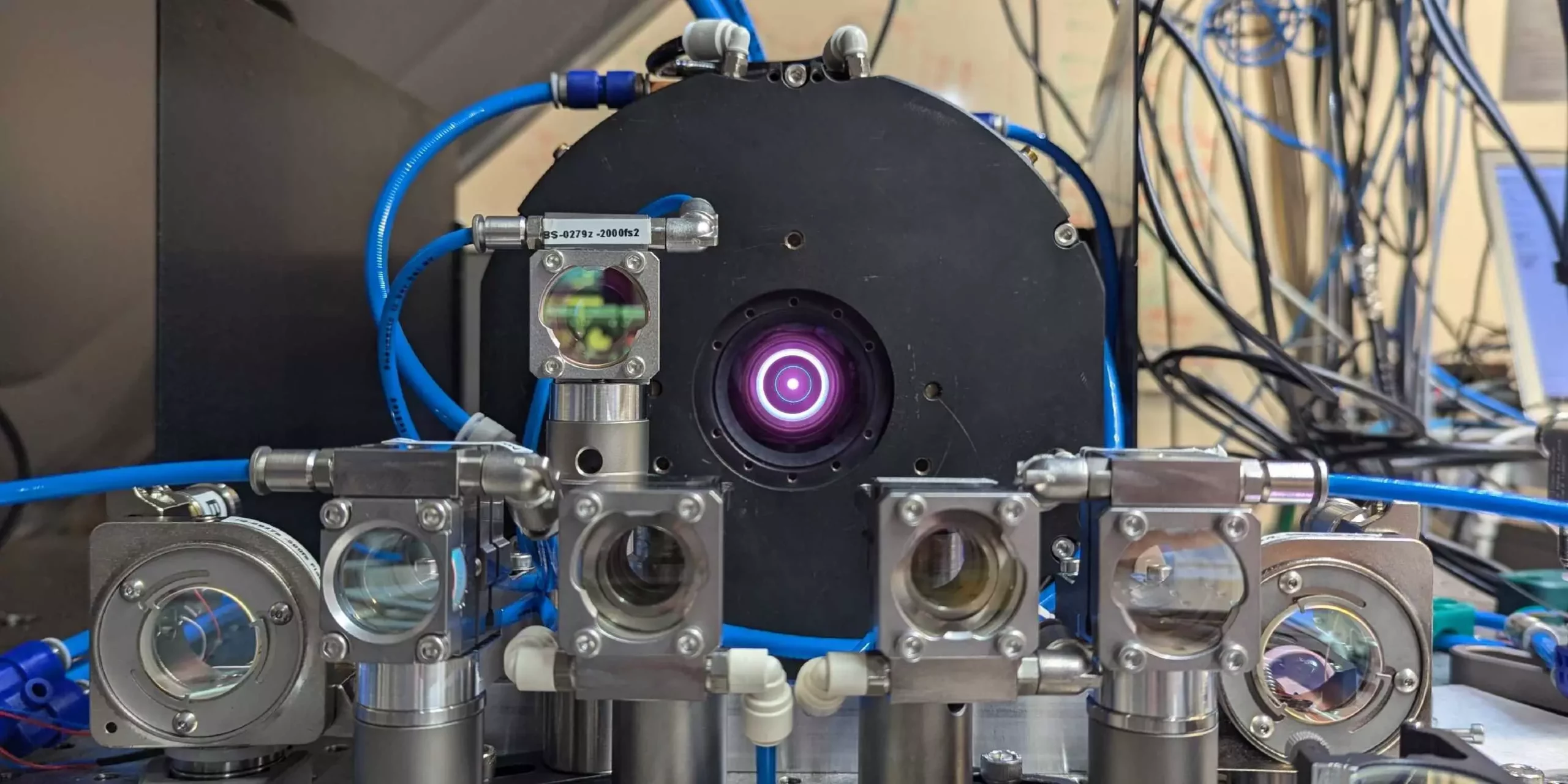Lasers are ubiquitous in modern technology, often associated with precise light beams harnessed for various applications from cutting materials to medical procedures. However, an exciting frontier in laser technology involves the generation of incredibly short pulses of laser light. These pulses, often measured in picoseconds and even shorter durations, permit unprecedented access to phenomena occurring at the attosecond scale—an infinitesimal timeframe that enables scientists to observe the rapid movements of electrons. Recently, a research team at ETH Zurich, under the guidance of Professor Ursula Keller, achieved a groundbreaking milestone in this domain by developing a laser oscillator that produces the highest power and shortest pulses currently available.
The latest advances by Keller’s team boast an impressive average power output of 550 watts—a remarkable 50% increase over previous records in laser pulsation technology. These short pulses, lasting less than a picosecond, are emitted in a rapid sequence, clocking in at five million pulses per second. This astonishing output allows peak powers to reach an impressive 100 megawatts. To put this into perspective, the energy produced by these pulses could theoretically energize 100,000 vacuum cleaners momentarily. Such achievements underscore not only the power of current laser technology but also its potential applications in various scientific and industrial settings.
Keller’s research team has dedicated the past 25 years to enhancing the capabilities of short pulsed disk lasers, which utilize a thin disk of crystal containing ytterbium atoms as the laser medium. This persistent journey has been fraught with technical challenges, including frequent breakdowns of critical components within the laser apparatus. The team’s innovative spirit is evident in their relentless solving of these issues, which have led to increased reliability and efficiency in short pulsed lasers—now essential tools in industrial applications.
Moritz Seidel, a Ph.D. student in Keller’s laboratory, elaborates on the dual innovations behind their success. A specially devised arrangement of mirrors recycles the light within the laser apparatus multiple times, augmenting the light’s intensity without sacrificing stability or increasing the complexity of the setup. Additionally, the use of a Semiconductor Saturable Absorber Mirror (SESAM) has proven pivotal. Developed three decades prior by Keller, the SESAM selectively reflects light depending on its intensity, which inherently helps to produce short, intense pulses instead of a continuous beam.
The SESAM represents a technological marvel, transforming the way lasers operate. By reflecting light effectively only when it surpasses a certain intensity threshold, the SESAM allows the laser to enter a pulsed mode inherently, thereby enhancing the bursts of energy generated. This characteristic makes SESAM vital for the production of high-intensity pulses without relying on external amplifiers—a method that typically introduces noise and complexity into the system.
Seidel notes the ingenious approach required to integrate a thin sapphire window onto the SESAM mirror, significantly improving its reflective properties. Witnessing the successful creation of these powerful laser pulses was described by Seidel as an exhilarating moment, a testament to the hard work and innovation of the team.
The implications of these revolutionary advances in laser technology are vast. Keller anticipates further developments in shortening pulse durations to the extent of a few cycles, laying groundwork for the creation of attosecond pulses, which would enable groundbreaking research into atomic and subatomic processes. Such capabilities could catalyze advancements in fields ranging from precision measurement to fundamental physics.
Moreover, the strong, rapid pulses from Keller’s laser system could contribute to the development of frequency combs operating in ultraviolet to X-ray wavelengths, producing more precise timing devices. Keller expresses a profound ambition to explore the possibility that natural constants may not be as constant as previously believed—an inquiry that could reshape our understanding of fundamental physics.
The innovations achieved by Ursula Keller’s team represent a significant leap forward in the realm of laser technology. The establishment of high-power, short pulsed lasers not only opens doors for advanced scientific exploration but also challenges the existing paradigms surrounding laser systems. With implications spanning diverse fields such as metrology and materials testing, the potential applications of these advances are as vast as they are exciting. Laser oscillators, as demonstrated by Keller’s work, promise to become formidable alternatives to traditional amplifier-based laser systems, heralding a new era in precision measurement and manipulation of light.

